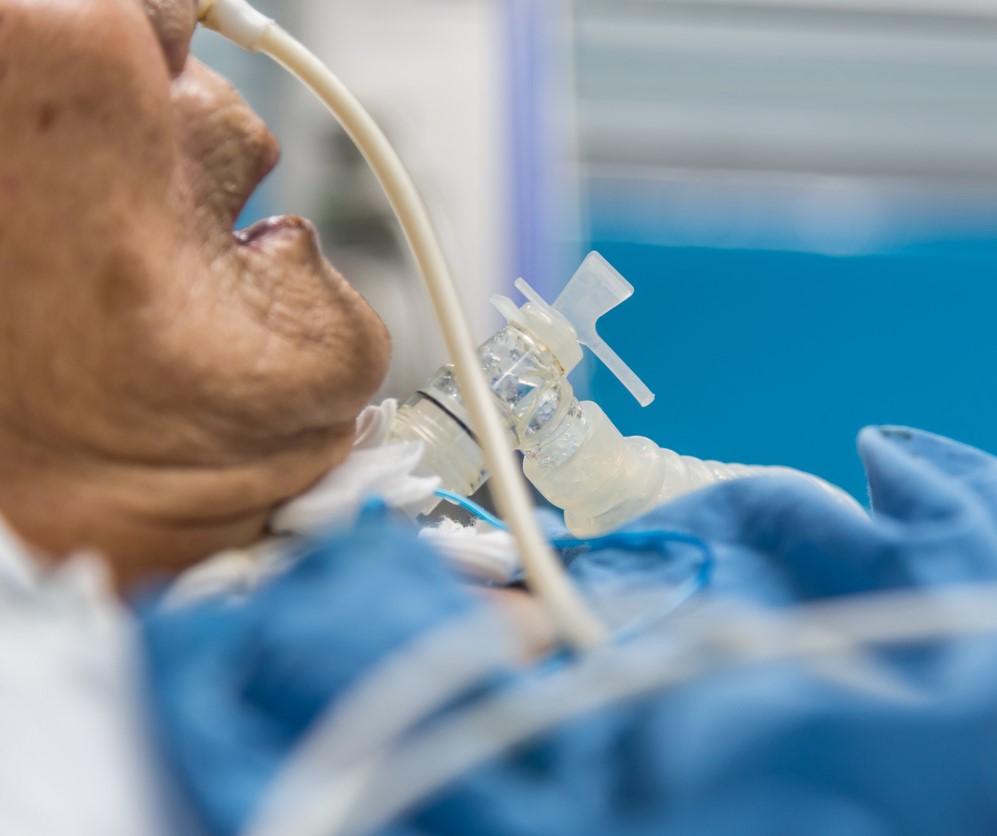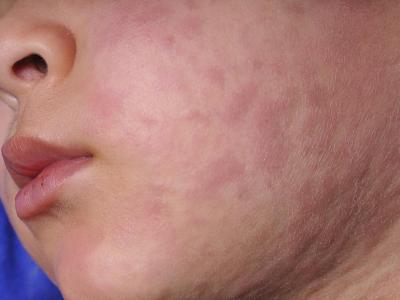More than one of every five Hispanic Medicare patients hospitalized with COVID-19 died in the hospital, a rate 3.5 percentage points higher than White Medicare patients, and pre-pandemic disparities only widened with the arrival of COVID, according to a new study in JAMA Health Forum.
The study, by researchers with Harvard Medical School (HMS), the University of Arkansas, and Boston-based Avant-garde Health, included data on 31,771,054 Medicare beneficiaries and 14,021,285 hospitalizations from January 2019 through February 2021 to assess hospitalizations and deaths before and during the pandemic. It was published Dec 23.
Of the beneficiaries, 26,225,623 were non-Hispanic White, 2,797,462 were Black, 692,994 were Hispanic, and 2,054,975 belonged to other racial and ethnic minority groups.
For Hispanic COVID patients, 22% death rate
Among hospitalized COVID-19 Hispanic patients, 21.7% died in the hospital, compared with 16.6% of White COVID-19 patients and 17.0% of Black COVID-19 patients—or about 5 percentage points higher. After adjustment to make an apples-to-apples comparison, the researchers said the difference in death rates was 3.5 percentage points. Other racial and ethnic minority groups saw a 21.0% death rate.
The investigators also found that non–COVID-19 Hispanic Medicare patients died in the hospital at a rate 0.3 percentage points higher than their White counterparts. Also, as non-COVID admissions declined in Medicare, Black inpatients experienced a nearly 0.5-percentage-point greater increase in in-hospital deaths compared with White inpatients, amounting to a 17.5% higher rate of climb.
"Explanations for this persistently widened disparity in non–COVID-19 mortality could include differential access to COVID-19 testing or recording of test results, changes in case mix, quality of care, and other societal inputs, such as access to care, personal resources, and social determinants of health," the study authors write.
Before COVID, the highest in-hospital death rate, at 3.32% was in the "other" minority group, compared with 2.80% for White Medicare patients, 2.75% in Black patients, and 2.77% in Hispanic patients.
Addressing disparities
"Our study shows that Medicare patients' racial or ethnic background is correlated with their risk of death after they were admitted to hospitals during the pandemic, whether they came into the hospital for COVID-19 or another reason," said first author Zirui Song, MD, PhD, HMS associate professor of healthcare policy, in a Harvard news release.
"As the pandemic continues to evolve, it's important to understand the different ways COVID is affecting health outcomes in communities of color so providers and the policy community can find ways to improve care for those who are most disadvantaged."
The disproportionately higher risk for exposure to the SARS-CoV-2 and the higher rates of hospitalization and death among people of color stem from several factors, according to the release. Racial and ethnic minorities are more likely to work jobs with high rates of infection exposure, to live in more densely populated, multigenerational homes that heighten the risk of disease spread, and to have comorbidities that increase the rate of severe outcomes.
The study findings are nuanced and complex, the researchers said. Medicare claims data and hospital medical records can't fully explain all of the cultural, historical, economic, and social factors that contribute to health disparities for COVID patients. And they can't pinpoint the reason for the higher COVID-19 death rates in Hispanic patients.
"One thing is clear," Song said. "We have much work to do to make sure that everyone who comes into U.S. hospitals receives the best care possible and has an equitable chance to live a healthy life following hospitalization."





















